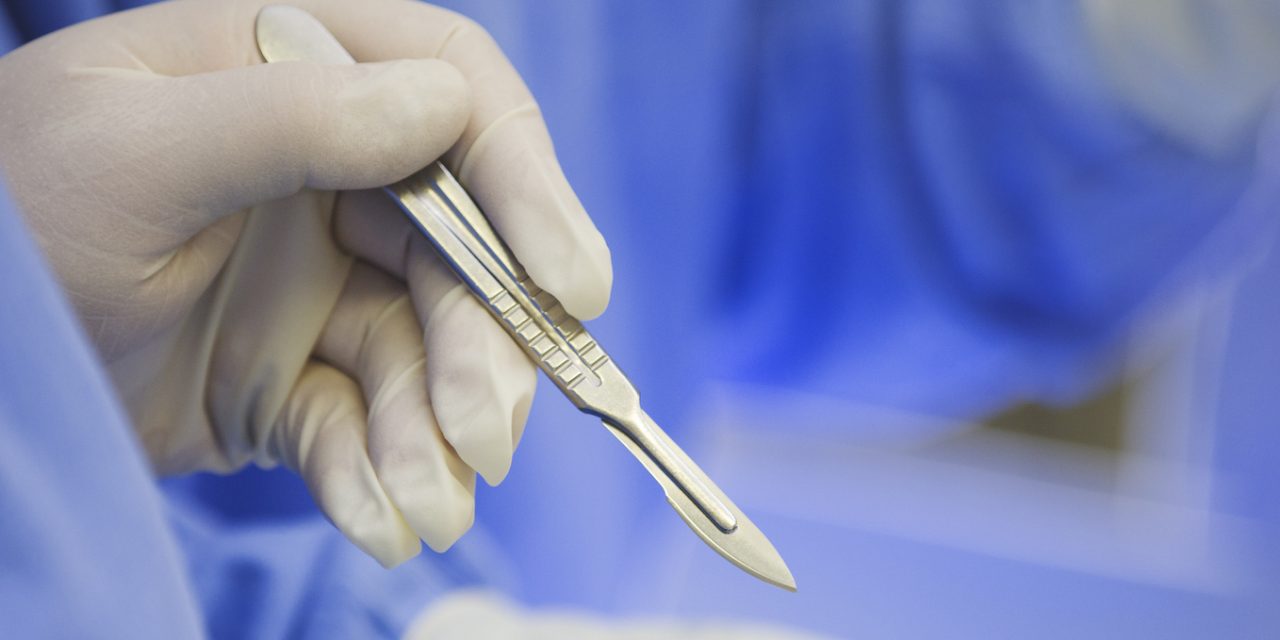Cancer rehabilitation can be preventive, restorative, supportive, and palliative. The rehabilitation goals change as the cancer pathway alters. Following any treatment for head and neck cancer, a physiatrist plays an essential role in preventing various complications and helping patients to mitigate impairments and restore function, optimizing their quality of life.
This is a case study of a 56-year-old man with squamous cell cancer of the tongue managed with glossectomy, chemotherapy, and radiotherapy. He also has a remote history of acute myeloid leukemia involving the central nervous system, presenting with seizure and infective endocarditis. He underwent a sternotomy and an aortic valve replacement. His postoperative course was complicated by sternal infection, bradycardia with agonal breathing, and a weak pulse, for which the patient underwent cardiopulmonary resuscitation and achieved return of spontaneous circulation and was intubated and managed with antibiotics. He had a tracheostomy and underwent aggressive pulmonary toileting and suctioning in acute care. As the patient stabilized, he was transferred to in-patient rehabilitation.
While the patient was in the in-patient rehabilitation unit, cancer rehabilitation issues were addressed, including swallowing, pulmonary rehabilitation, management of upper-extremity deep venous thrombosis and infection, bowel and bladder issues, skin care, and evaluation of mental status. The patient’s cancer prognosis and future were discussed in collaboration with his oncologist. He was discharged with a palliative care plan.
This report illustrates the significance of physical medicine and rehabilitation in management of cancer patients, as most cancer patients experience some deconditioning that results in physical challenges. As the prognosis for most types of cancers improves, it becomes more important to ensure that all cancer patients regain maximum function in the broadest sense to maximize their independence.
© The Author(s) 2021.
Rehabilitation approach in oropharyngeal cancer: Case report.


